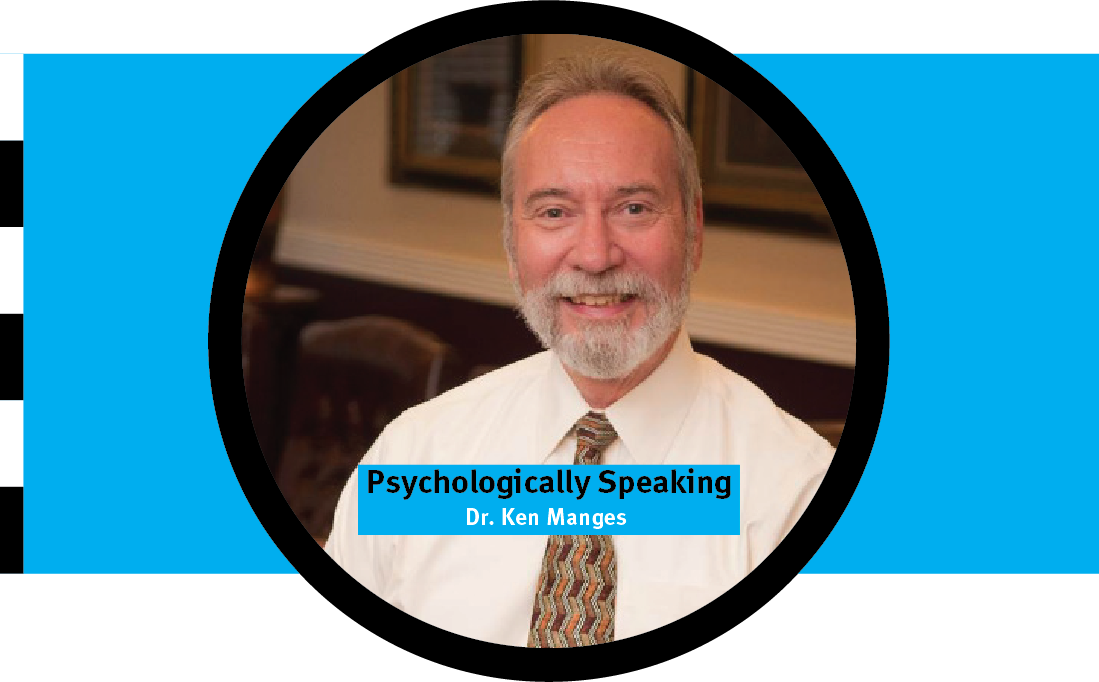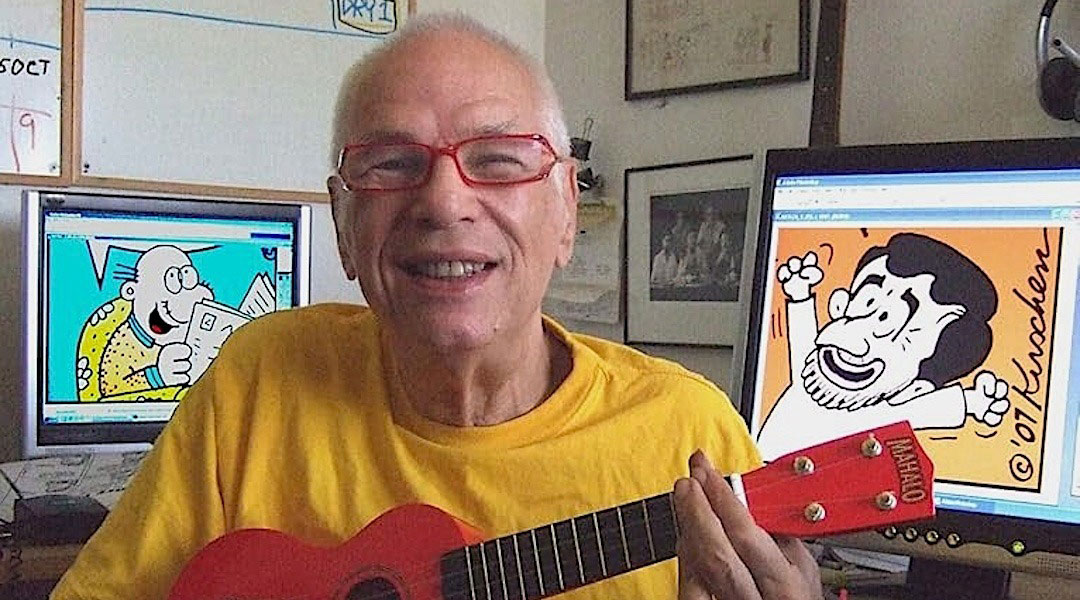In recent news stories sibling relationships and forensics have taken on a new focus.
The Menendez Brothers (Lyle and Erik) have drawn a lot of attention. They certainly drew my attention as a forensic psychologist, with their claims of psychological and sexual abuse as grounds for murdering their parents.
This type of abuse as the part of a defendant’s plea is not new. Judges and juries hear this unfortunate set of circumstances much too often. On cross examination it would not be uncommon for a prosecutor to ask an expert, could the defendant have opted to leave, contact the authorities or take some other steps besides murder?
I will not attempt to re-try the case here, only to raise the specter of the challenges a plea of abuse takes on when the defendant chose murder over a less severe path of action.
During the Menendez trial the jury decided a life sentence for the brothers was justified and not death. However, the verdict was tainted by the prosecutor’s withholding of evidence.
More recently Lyle and Erik’s sentence was allowed to be reconsidered because of a change in California’s law about crimes committed by persons before the defendant(s) turned 26 years old. The new law allows the Menendez brothers to have an adjustment to their sentence down to 50 years to life, along with eligibility for parole.
Making the case even more interesting in part has been the Menendez family writing letters asking for leniency, and the prison staff corresponding with the prosecutor and prison superintendent about how upstanding the brother’s behavior has been over the last 35 years. From personal experience the likelihood of a parole board taking all of these into consideration in Ohio is very low.
The brothers have also made video confessions admitting remorse and guilt over the last 35 years.
Amazing. What do you think? Should the brothers be allowed their freedom? Have they suffered enough for the murder of their parents?
An interesting topic but this column is about the siblings, not parricide. Sibling bonds are incredible! Having an older sister and older brother myself, I can speak to the bonds, challenges, loyalties and jealousies we shared with one another. For those of you in single-child families, you have missed a lot.
80% of Americans grow up with at least one sibling.
Why do you think some siblings stay close for life, while others grow apart?
A recent article in the Sunday New York Times Magazine (May 11, 2025), “The Sibling Factor,” by Susan Dominus offered a new perspective. The science talks about how parents who offer a model of open transparent communication tend to promote conflict resolution, forgiveness and allow siblings emotional safety while trying out different forms of disagreement (shouting, pouting, walking away). But Ms. Dominus offered a different perspective “Parents try everything to influence their children. But research suggests brothers and sisters have their own profound impact (on one another).” She offered an analogy that siblings are similar to how planets interact. The moon and earth’s gravitational pull effect each other’s orbit, just like a brother and sister challenge or thwart each other when competing f0r a parent’s attention.
As Sam Levenson said “Siblings: children of the same parents, each of whom is perfectly normal until they get together.”
What twin studies reveal
Identical (monozygotic) twins: share 100% of genes; often raised in similar environments.
Fraternal (dizygotic) twins: share 50% of genes just like regular siblings, but same-age peers.
There is a higher correlation in IQ, personality traits, and psychological disorders with identical twins.
The stories of twins and triplets reared apart are amazing. The Shafran triplets are an example. Robert Shafran, David Kellman, and Eddy Galland are a famous case of identical triplets reared apart and were brought to our attention by the 2018 documentary “Three Identical Strangers.”
As you might suspect they were physically similar. They shared the same facial features, body type, posture, and gestures. They mirrored mannerisms from how they laughed to how they walked and held their hands.
Even though reared apart all three were all described with terms as gregarious, charming, and energetic. They were found to share a similar sense of humor, playfulness, and extroversion.
They enjoyed the same types of food (e.g., burgers, which is not too unusual for most teenagers), music, and even smoked the same brand of cigarettes (Marlboro).
Academically they were similarly considered above average, and they showed the same levels of motivation and learning styles.
The brothers also had the same level of athleticism. Each showed an interest in wrestling and had competed in the sport during high school without knowing their brothers were doing the same.
Their social and romantic behaviors were reflective of each other as well. Each one had a strong pull toward social connection and having extensive peer relationships.
Not all of their similarities were strengths. All three struggled with mental health. Each triplet exhibited signs of emotional instability, anxiety, or depression. Eddy Galland tragically died by suicide in 1995, pointing to a potential genetic predisposition toward mood disorders, exacerbated by trauma and separation.
Even after reuniting, all three struggled with questions of self-identity and individuality. They were emotionally challenged when they found they had been raised apart and discovering their biological roots.
A really sad part of this story were that these brothers were deliberately separated at birth by the Louise Wise adoption agency in collaboration with psychologist Peter Neubauer, who was conducting a secret study on the effects of nature vs. nurture.
Each triplet was placed in a different socioeconomic household (working class, middle class, upper class), and their development was secretly monitored for years.
This unethical experiment highlights the dangers of manipulating sibling bonds for research purposes and reinforces how deep the biological pull between siblings can be, even after years apart.
How our siblings shape who we are.
From the moment we are born, siblings serve as the first mirrors through which we see ourselves. They are often our first companions, rivals, and role models. In our childhood our siblings help shape our identity by how they act in contrast to how we respond to the same set of circumstances.
Perhaps our older sister may become the achiever because we act as if we are the free spirit. A middle sibling might develop a strong sense of independence, negotiating space between an assertive older and a needy younger sibling. Imagine how a child with a disability or genius I.Q. would impact their younger and older siblings.
Based on the NY Times article by Susan Dominus, how siblings differentiate is often a function of their family’s resources. “Providing one child flute lessons and another tennis coaching, having the time to shuttle children around, those are the luxuries only a middle- and upper-class parents can offer.” In part, this is what the misguided psychologist Peter Neubauer was trying to prove.
Siblings play a vital role in our early emotional development. Through our daily wrangling with each other we learn through trial-and-error. We learn empathy, conflict resolution, and negotiation. These are the skills that we now know are the underpinnings of our adult relationships.
Arguments over toys or territory in the back seat of the SUV are early lessons in emotional intelligence and negotiation. A 2016 article by Volling, B. L., Yu, T., Gonzalez, R., Kennedy, D. E., Rosenberg, L., & Oh, W. (2016) titled “Children’s responses to the birth of a sibling: A developmental framework In the Child Development” journal found “that sibling relationships can predict later emotional regulation and interpersonal competence.”
As actor George Clooney once said, “My sister and I fought like cats and dogs growing up, but I think we learned how to talk through stuff way before most adults do.”
Trauma bonds and co-survivorship
In the families I see as a forensic, marked by instability, addiction, or neglect, a brother or sister can become a lifeline.
A shared childhood trauma, whether a difficult divorce or parental abuse foster deep, lasting bonds. Survival from these traumas are the glue that sometimes outlast relationships with parents who caused the trauma to begin with. Brothers and sisters function as co-survivors, validating each other’s memories and coping strategies.
Unfortunately, trauma does not always unify. With some families, siblings respond differently to adversity, leading to blame, guilt, or even estrangement. For some the trauma might take on the role of protector while for others they might dissociate or rebel. Divergent paths can create survival shame and even resentment toward the sibling who ‘escaped’ or guilt over one’s own perceived failures.
In her 2012 book “The nurture assumption: Why children turn out the way they do,” Dr. Judith Harris highlights how family trauma alters sibling roles and identity, often cementing rigid dynamics that carry into adulthood.
The Caregiver Sibling
As parents age, the burden of care often falls disproportionately on one sibling. Whether due to geography, income, or birth order, one adult child is frequently expected to manage doctor appointments, finances, or day-to-day caregiving. This dynamic can lead to burnout, resentment, and conflict, especially if other siblings remain emotionally or physically absent.
Caregiving arrangements are often shaped by gender norms, with sisters more likely to become primary caregivers and experience burnout. Without proactive discussions and fair division of labor, these roles can lead to permanent rifts between siblings.
As Oprah Winfrey once said, “Family isn’t just about being there when it’s convenient. It’s about showing up when it’s hard.”
Siblings and Grief
The death of a sibling creates a unique, often overlooked kind of grief. While parents grieve the loss of a child and partners the loss of a spouse, siblings lose a peer, a keeper of shared memories and family history. This loss can reshape family dynamics, amplify a person’s survivor’s guilt, or fracture already fragile bonds being the surviving family members.
A study by Sirpa Pietila Rosendahl, Pia Bulow, and Anita Bjorklund, titled “Experiences of losing a co twin in old age” in the 2013 Health Journal underscores that a twin’s sibling grief is especially profound. “The results showed that the experience of loss of a co-twin was profound, including an emotional as well as a behavioral dimension. Loss and loneliness were expressed as the dominant feelings related to the quality of the missing relationship as well as the loss of twin identity.”
Taylor Swift speaks for all surviving siblings who have lost a brother or sister about her brother Austin: “There’s nothing like having someone who’s known you forever.”
Thanks for reading the column. Please go to the AI website (americanisraelite.com) and post a comment.
Questions? Suggestions? Send me an email at psychology@americanisraelite.com. Be well. Stay safe. See you here next month.




